by Winston Rods | Sep 9, 2021
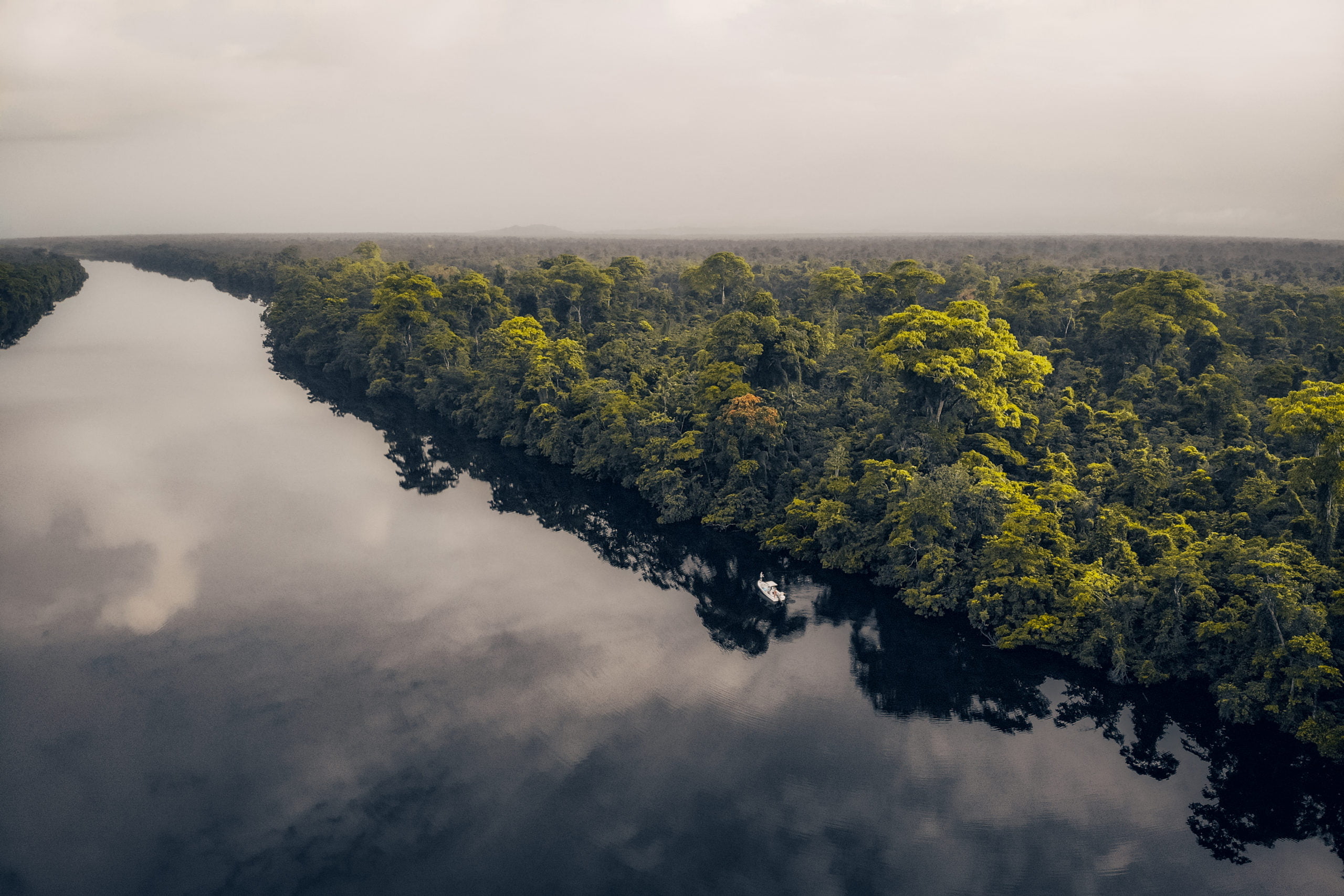
Thick jungle, populated by monkeys and exotic birds, surround most of Costa Rica. The countryside is a mountainous region, hosting uncountable varieties of plants, trees, and other vegetation. The sheer biomass of this place is overwhelming, to say the least.
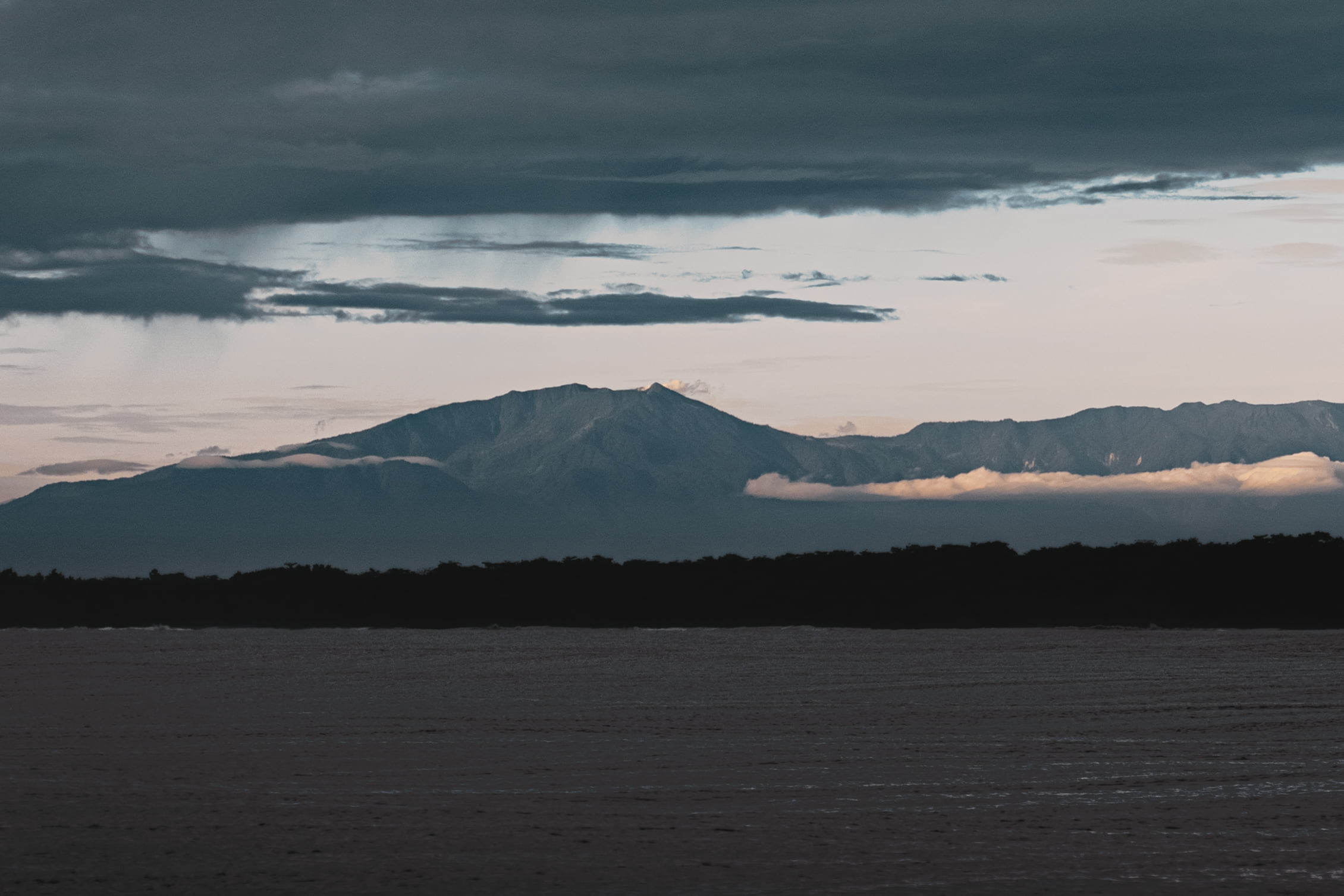
The far-out fisheries that I guide on are no exception and with views of ancient volcanos in the background, you are in naturally unique area unlike any other fishery in the Northern Hemisphere. Due to the amount of annual rain fall and running water, free flowing waterfalls pepper the hills and provide a wonderful backdrop for photography. When on the water and in the jungle, you get the feeling of being in a truly special place that offers more than a world class fishery. The landscape, wildlife, and scenery alone are worth the visit.

Many people don’t know it but Costa Rica boasts one of the of the largest congregations of tarpon on the planet. While most people think about Tarpon fishing in clear, blue water off the coast of the Gulf of Mexico, the Costa Rican Tarpon fishery occurs in the jungle. This is extremely unique to this area in Central America which includes other countries like Nicaragua and Panama.
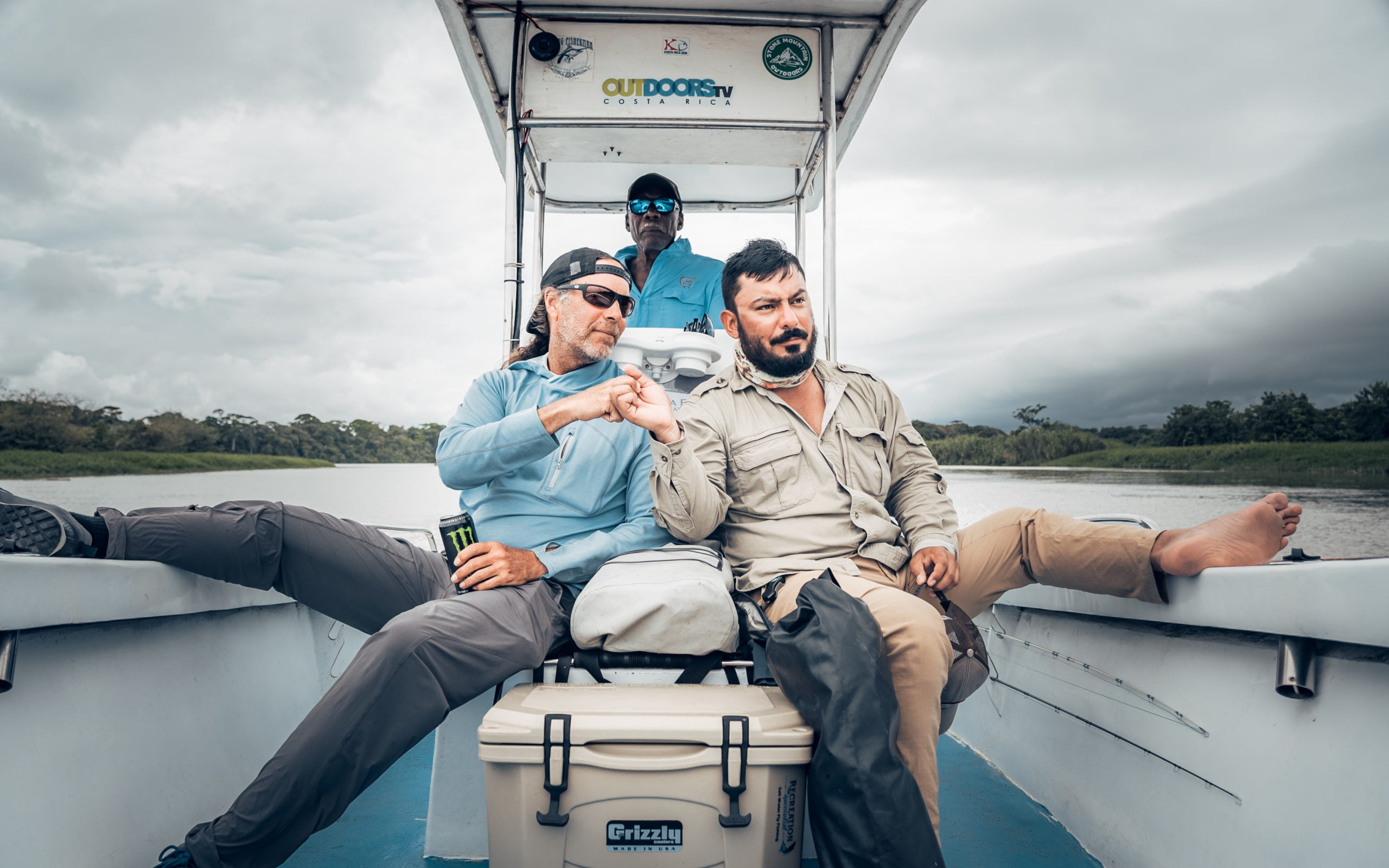
Tarpon are likely responsible for more saltwater fly fishing converts than any other fish. Their attitude, strength, tendency to jump and make face melting runs is unmatched by nearly any other fish on the planet. Nothing beats watching a Silver King go completely airborne, violently thrashing and running like a freight train — an unstoppable force. Now, put yourself in the jungle of Costa Rica and experience a view that few anglers have ever seen.
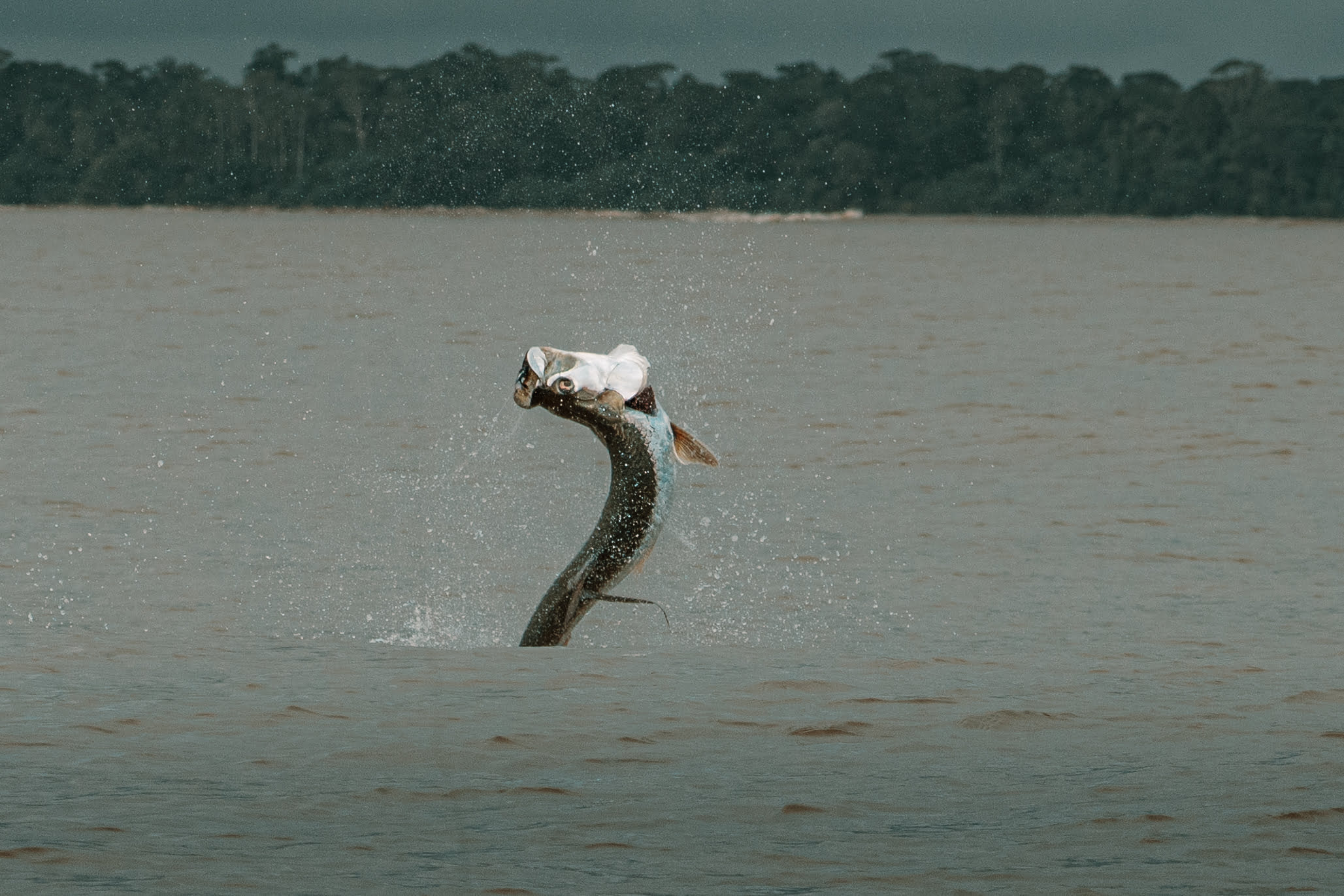
For these fish, we use extra strong, fast-action rods like the Saltwater AIR 9’ 11-weight or 12-weight. The Salt AIR is an exceptional rod for these situations when you need to delicately hit your mark with extreme precision. It’s a smooth casting fast-action fly rod that still captures a classic “Winston Feel” but is also very friendly to picking up line quickly and laying it back down. The perfect rod for nearly any saltwater situation on the planet.
Pair the Salt AIR with a Bauer Fly Reel RX 7 and you have a deadly combination. Watch out, Tarpon.
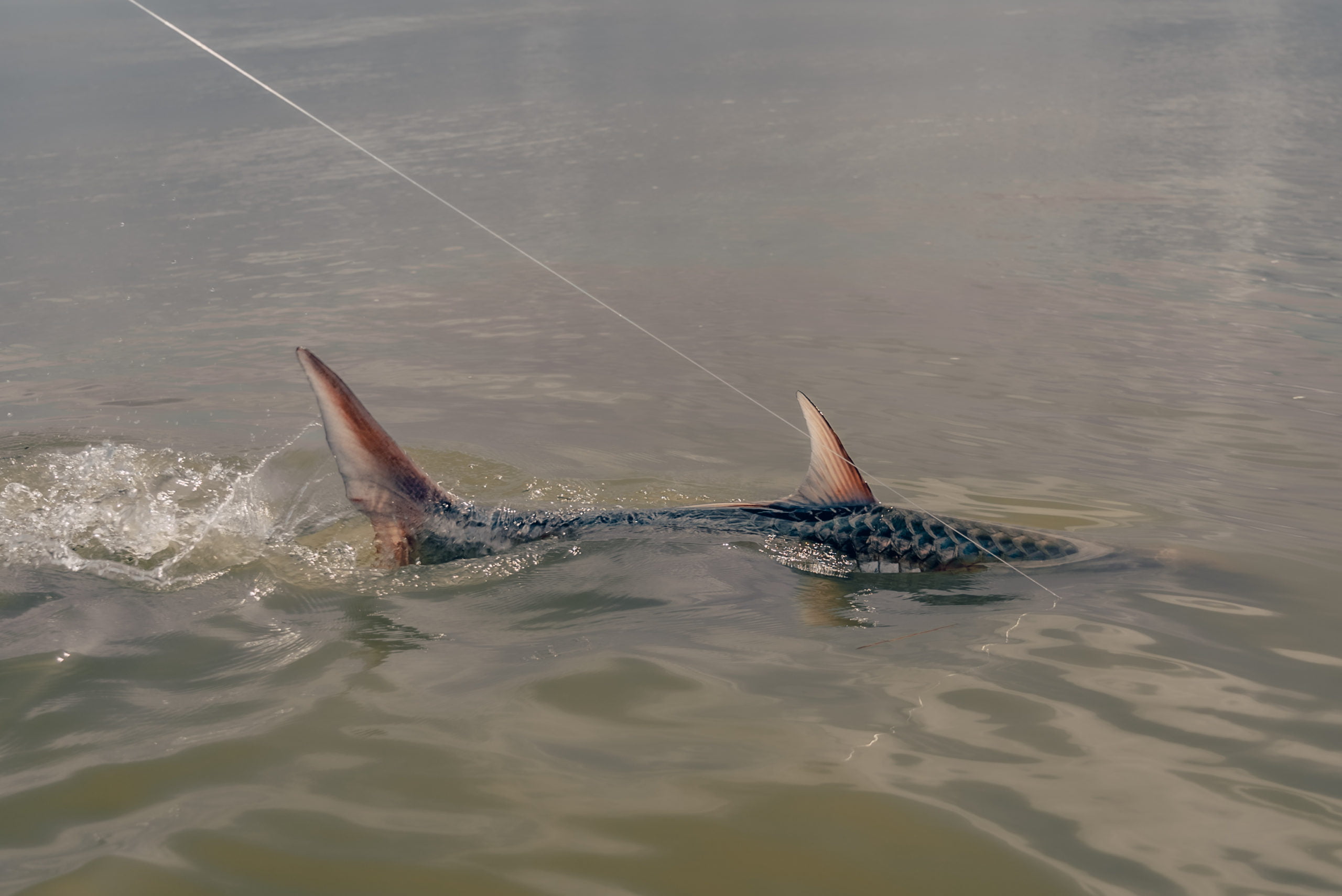
The other fish that we target is called the Machaca. Undoubtedly, this fish is one of the wildest and baddest dudes in the jungle. A cousin to the piranha, the Machaca sports a full spread of razor sharp teeth, capable of slicing open a finger…or worse. Don’t forget to bring a few pairs of your favorite pliers when targeting these toothy critters.
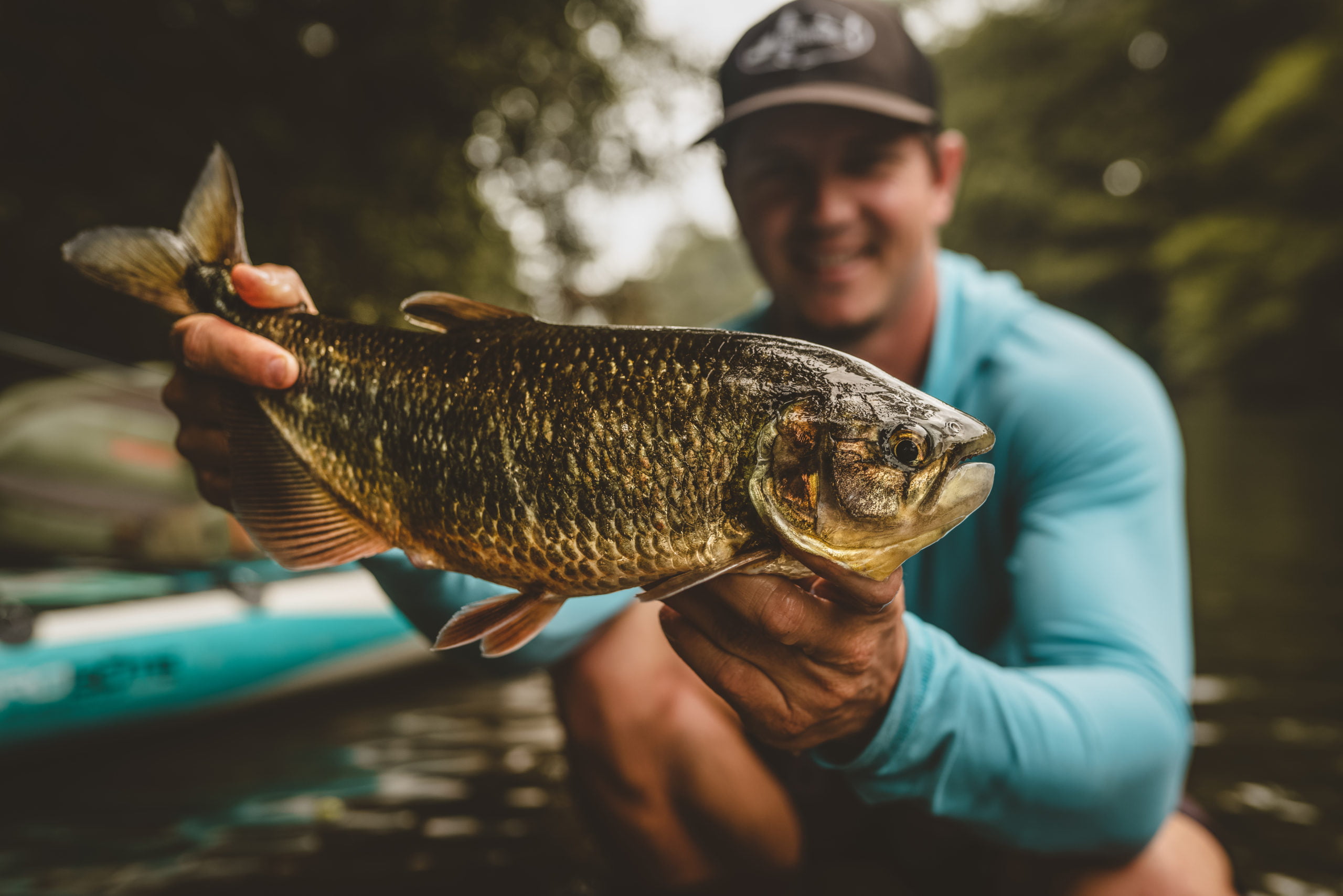
The Machaca have everything a fly angler could dream of in a sport fish — They bust topwater, jump, make hard runs, and live in beautiful places. Due to their stocky body and large head, these fish are surprisingly strong and don’t give up easily. After they are hooked, they typically head for the nearest structure, making it extremely important to take control as soon as possible. Because of this, we solely use rods with a solid backbone, like the Alpha+ 9’ 8-weight.
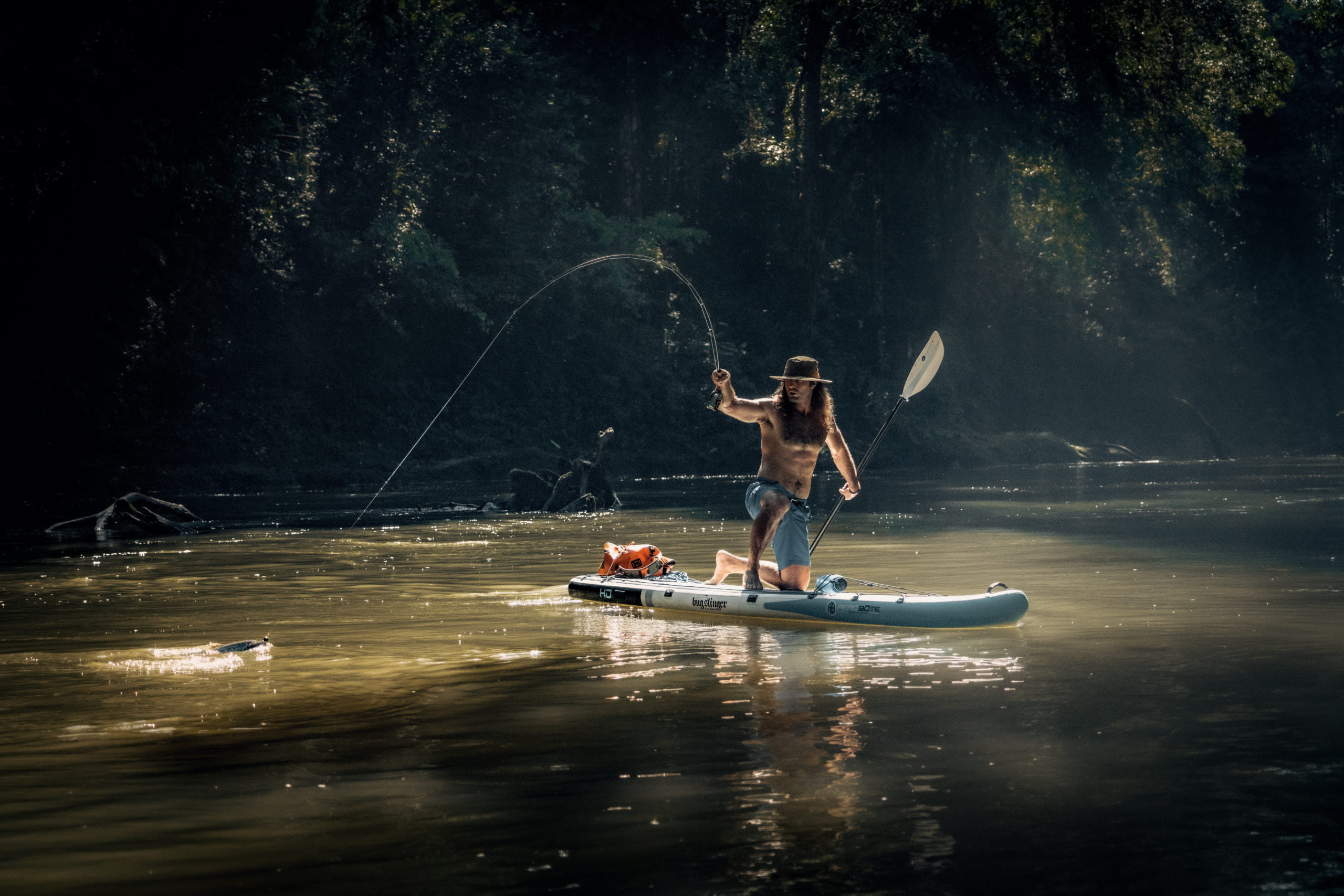
Flies for these fish are not your typical feathery concoctions. We use special flies that imitate the local fruits and berries — food sources that these fish can’t resist. Your typical dead drift presentation is perfect for imitating the berries that fall into the swift currents. Being almost exclusively a top water feeder, Machaca are a ton of fun on an 8-weight fly rod.

While the Machaca are not the most conventionally beautiful fish in the jungle, they feature amazing bronze and gold color patterns, often with highlights of teal blue on their gill plates and tail. Holding one up for a photo always puts a big smile on my face.
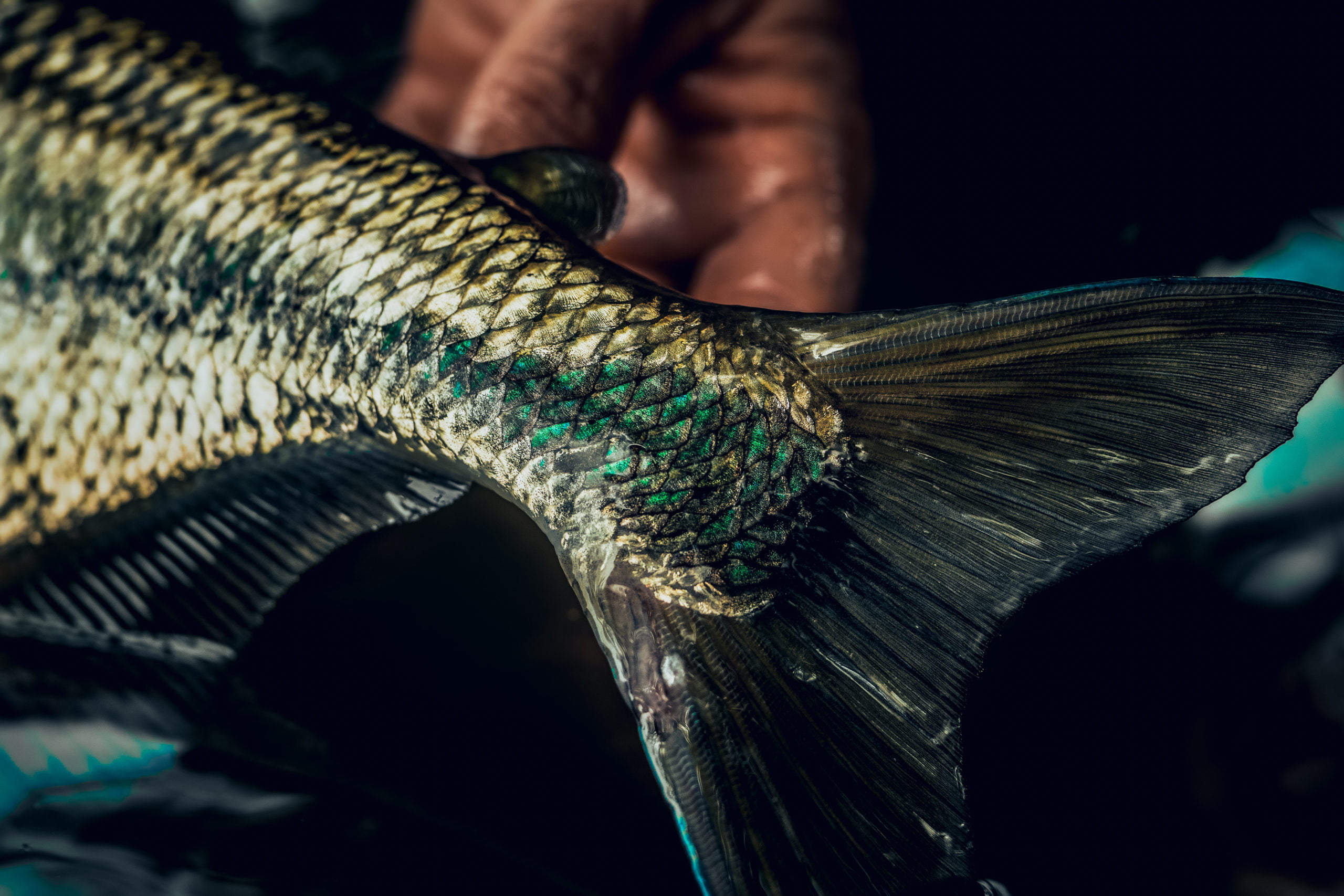
With such a rich history in fly fishing, you would think that Costa Rica would be on anglers’ bucket lists across the world. Back in the day, famous and influential anglers would flock to the jungle to take part in this world class fishery. It wasn’t until years later that fishing lodges became mismanaged and eventually shut down. The fishery and local economy collapsed. Anglers simply quit coming.
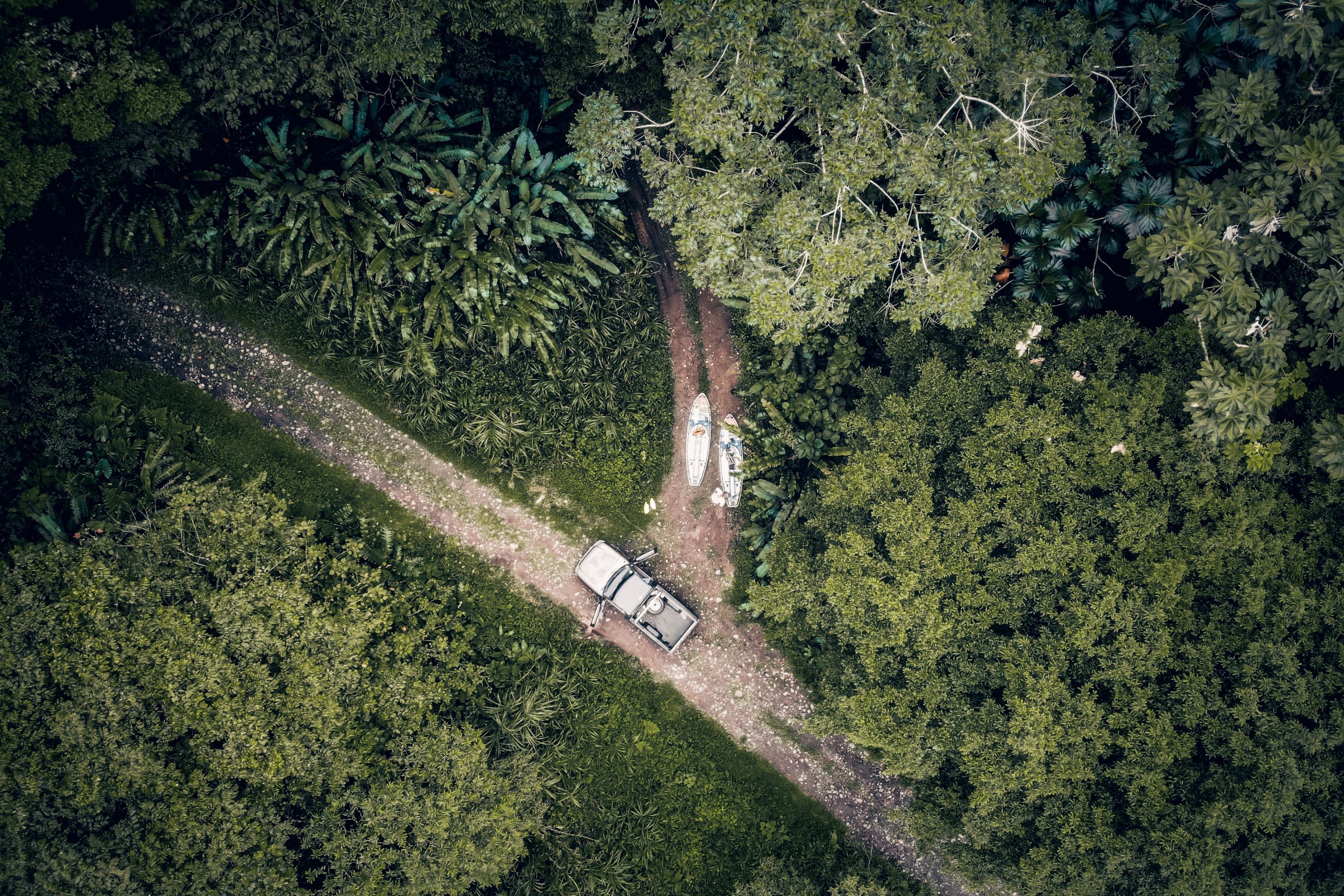
For the past few years, we have been working with local Costa Ricans to restore fly fishing travel in this area. Soon, anglers from all over the US will be happy to hook up in this jungle once again. Beyond the quality of the fishing, the greatest joy of exploring the jungle Tarpon fishery has been the ability to make epic memories with my good friends and guests.
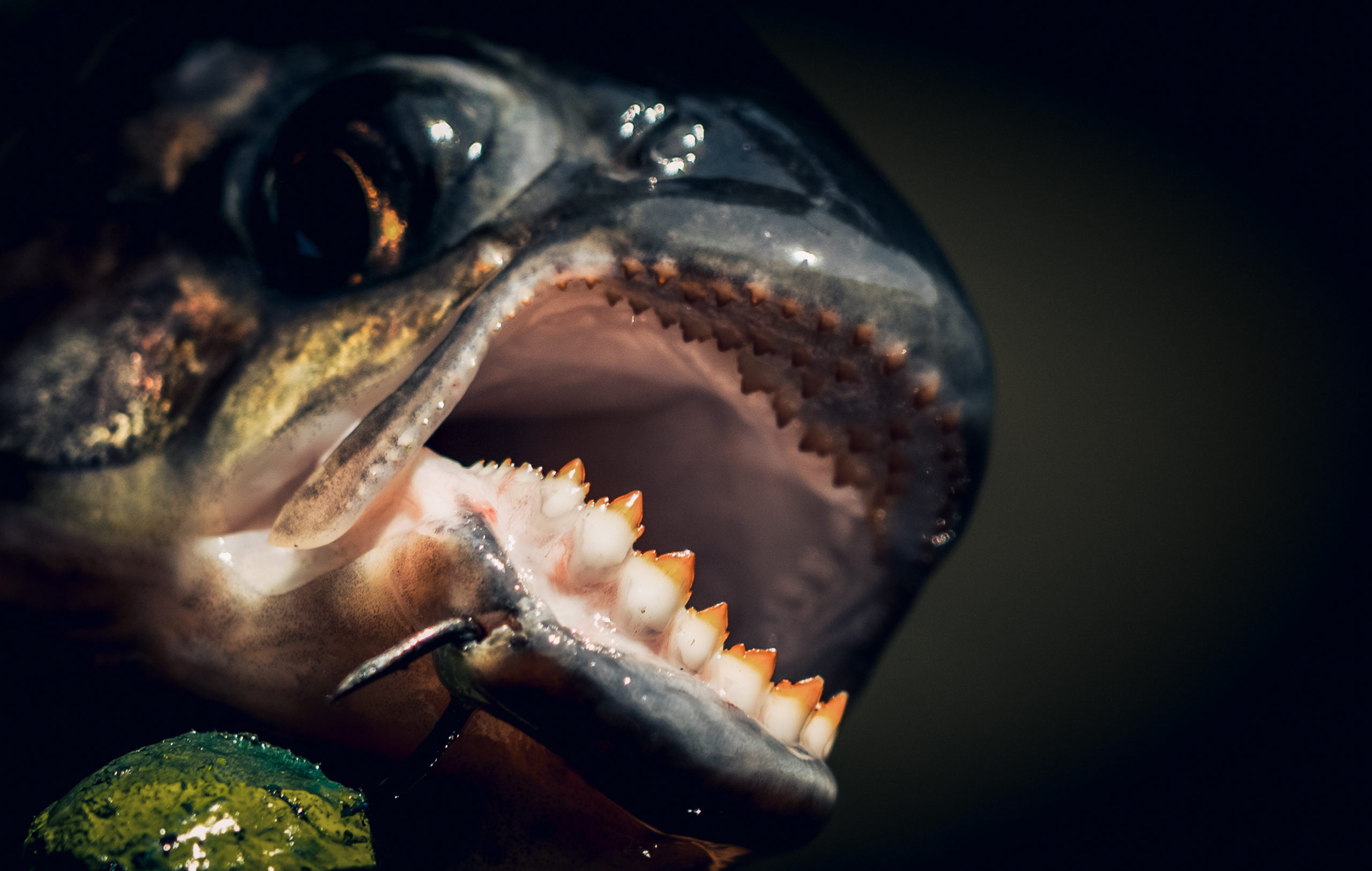
It is a pleasure to be Costa Rica’s premiere outfitter for this amazing fish and I am happy to share it with anybody who wants to experience a truly unique fly fishing adventure.
If you would like to know more about fly fishing in Costa Rica, please feel free to reach me at backwaterflyfishing@yahoo.com or visit www.506outdoors.com.
-Jesse Males
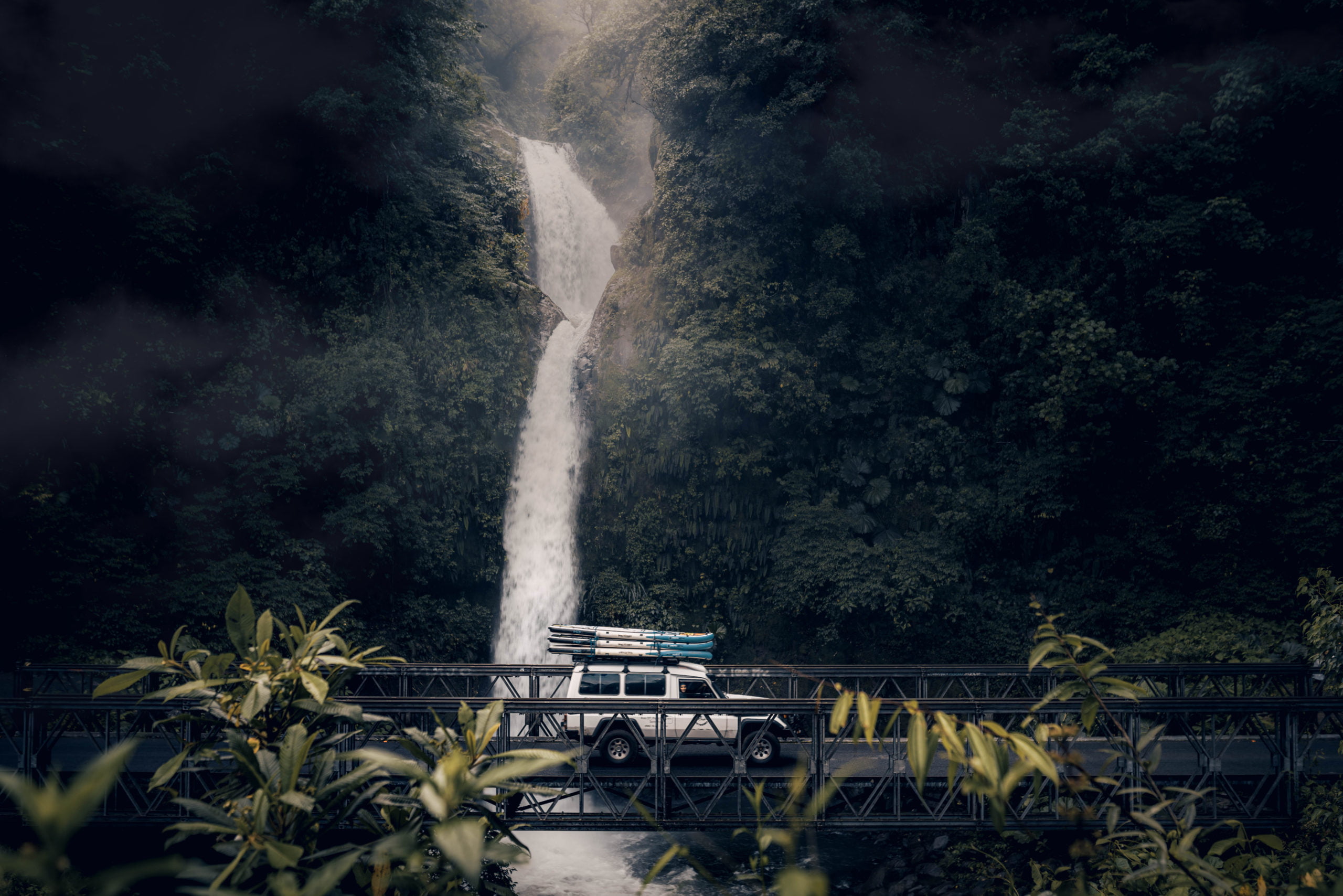
by Winston Rods | Aug 17, 2021

The mark of a well designed fly rod is one that is a precise balance between power and delicacy, two sides of one personality that the Winston Saltwater Air wears quite well. Ranging from 6-12 wt, the Saltwater Air is a rod with a knack for picking up 40-50 feet of fly line and smoothly transitioning its energy from a pick up to a placement right back down in front of a fish. My personal favorite rod in the line of rods is the 9wt, for its ability to present flies to permit in high pressure situations. On slicked out days when I need to switch from a deep water permit fly to a lighter fly, the rod handles permit fishing’s demand for quick situational change well. Even the occasional night time baby tarpon mission is no problem for the rod, as it acts as my go-to all around setup, paired perfectly with RIO’s 9wt Elite Permit line.

A slow-loading and immensely sensitive rod, the 9wt Saltwater Air is an exceptional choice for the permit angler with a deliberate and ‘process-oriented’ casting stroke. In layman’s terms, the rod has a slow action, and can be very beneficial for a caster who throws a long loading loop in situations with long leaders and heavy flies to spooky fish.

Some trout anglers who come down to the flats for a week of fishing have the idea in their mind that they need a fast action rod to cut through immense tropical breezes. Depending on your casting style, this could not be further from the truth. If you are a trout angler who likes the traditional action of a Winston, you should absolutely stick with it, because you have grown accustomed to that action. The learning curve of changing from what you are used to can cost you a large portion of your trip, because you are trying to recalibrate your casting stroke to fit the tendencies of the new gear that you are not used to using. Casting in the wind is a part of every day fishing in the Keys, as it is in many destination flats fisheries, so having a rod with an action you are comfortable with is important and essential.
In one particular instance, I put the Saltwater Air 9wt through its paces with the grandfather of spooky fish, the atlantic permit in the Florida Keys. I was fishing with my good friend Ryan Phinney, who is a guide out of Big Pine Key, and we were approaching a tailing permit, from the downwind position. Often, this is a highly difficult shot for an angler because they lose track of exactly where their fly is in the water column in relation to the fish, considering the current and the wind picking up the fly and taking it away from the feeding zone. Having very little idea where the fly was, I read the tailing body language of the fish, and sent a cast farther away from it than maybe I initially wanted to. The sight of a tailing permit makes any sane person freeze up, even if just a little. Ryan urged me to pick up line and hit the fish on the head, as its head was in the coral, feeding actively on what was likely crabs or other forage. With one even up-stroke of my rod tip, I was able to relieve line tension off the water and propel my cast into a quiet, even backcast, furthermore transferring that energy into a delicate forward cast that landed quietly, although it likely did not need to (this fish was really feeding).
I was able to place the fly exactly where it needed to be – right on top of the fish. The tail kept waving, and Phinney and I, the boat, and unfortunately the fly, were completely undetected by the permit. I stripped line in quickly, not as a retrieve, but more as a way to get another shot at the fish and remove the belly out of my line. I ended up coaxing the fish to follow, albeit accidentally, and we both suspected that somewhere in the exchange, the fish ate the fly and spat it, completely undetected, as evident to his reaction – a speedy getaway somewhere to another zip code.

It’s true, the end of this story does not end in me holding a permit. Most anglers would see this as a failure, a blown shot, but more importantly, I look at that scenario and recognize that the cast was exactly where it needed to be, apparently, and everything else is up to the good will of the permit gods. Even blind squirrels like myself find a nut, so I can only look forward to the next opportunity to capitalize on a shot like that. The good and the bad in fly fishing even out in the end, I’m convinced, and with more hard work, more permit will come to hand. It is that simple.
Now, back to the rod! Upon picking up the Saltwater Air for the first time, one of my main suspicions was that they were not fast enough to keep up with the fishing down here. Absolutely, like many other skeptics of Winston, I had my own preconceived notions about the rod in that pretty green tube!
“Isn’t Winston mostly, like, for trout?”
If I had a dollar for every time I heard that! Before throwing the Saltwater Air, I knew they would work throwing big striper flies up north, and certainly for other predatory species, but I was not sure if it was more of a casting rod, as opposed to a fishing rod. I have tested out the line of rods shark fishing, and they withstand large fish taking powerful runs, which is the name of the game! Being able to cast in the wind, have backbone in a fight, and still present flies with delicacy is something all saltwater rods aspire to achieve, and this rod covers all those bases.

The rod action, or how fast or slow a rod casts, is an issue with high subjectivity, and likely has very little to do with the way the rod loads, but more so with the one loading the rod (ie the caster). However, the entire line of Saltwater Air fly rods were designed for delicacy, so keeping that in mind, someone who knowingly likes a fast action rod will take a longer time getting used to the action. If you are a Winston believer or skeptic, you owe it to yourself to come by the shop and cast one on the pond!

Read more from Joe Dahut at Seven Mile Fly Shop at www.https://sevenmileflyshop.com/.
by Winston Rods | Aug 8, 2021
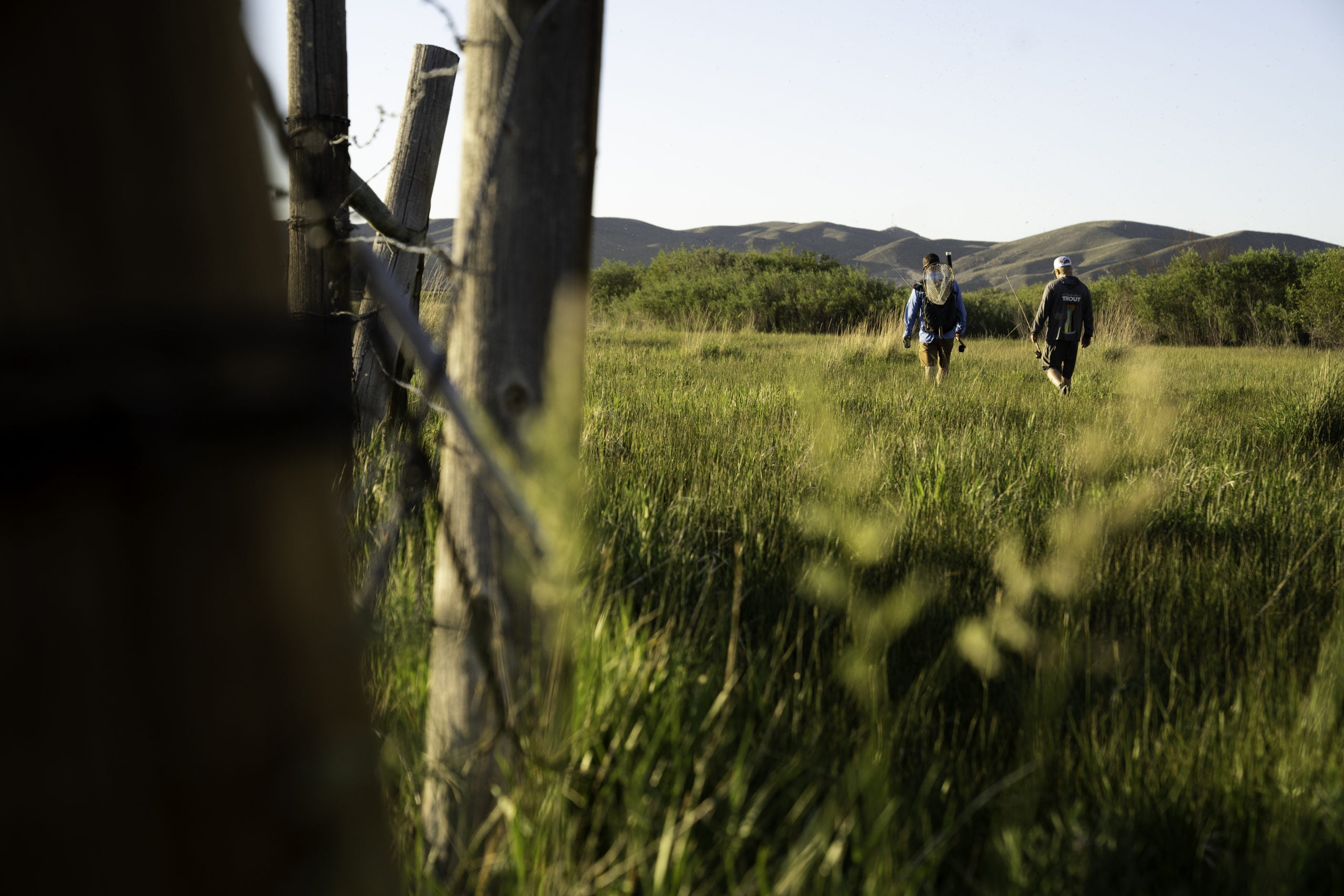
Bamboo fly rods are incredible fishing tools. They are strong, versatile, can fish heavier flies, present delicate dry flies, and fish double nymph rigs. We can even build rods in heavier line weights for use in tropical saltwater applications.
When compared to modern graphite rods, the biggest difference with bamboo is the requirement that an angler decelerate their casting stroke to appropriately match a bamboo’s slower action. Bamboo is typically much slower in its recovery speed as compared to modern fast-action rods. Anglers familiar with fishing with bamboo rods will tell you that the rod shows a reserve of power and control through the casting stroke. Yes, the rod may feel slower than today’s fast action graphite rods, but the bamboo rod finishes the cast within its own energy.
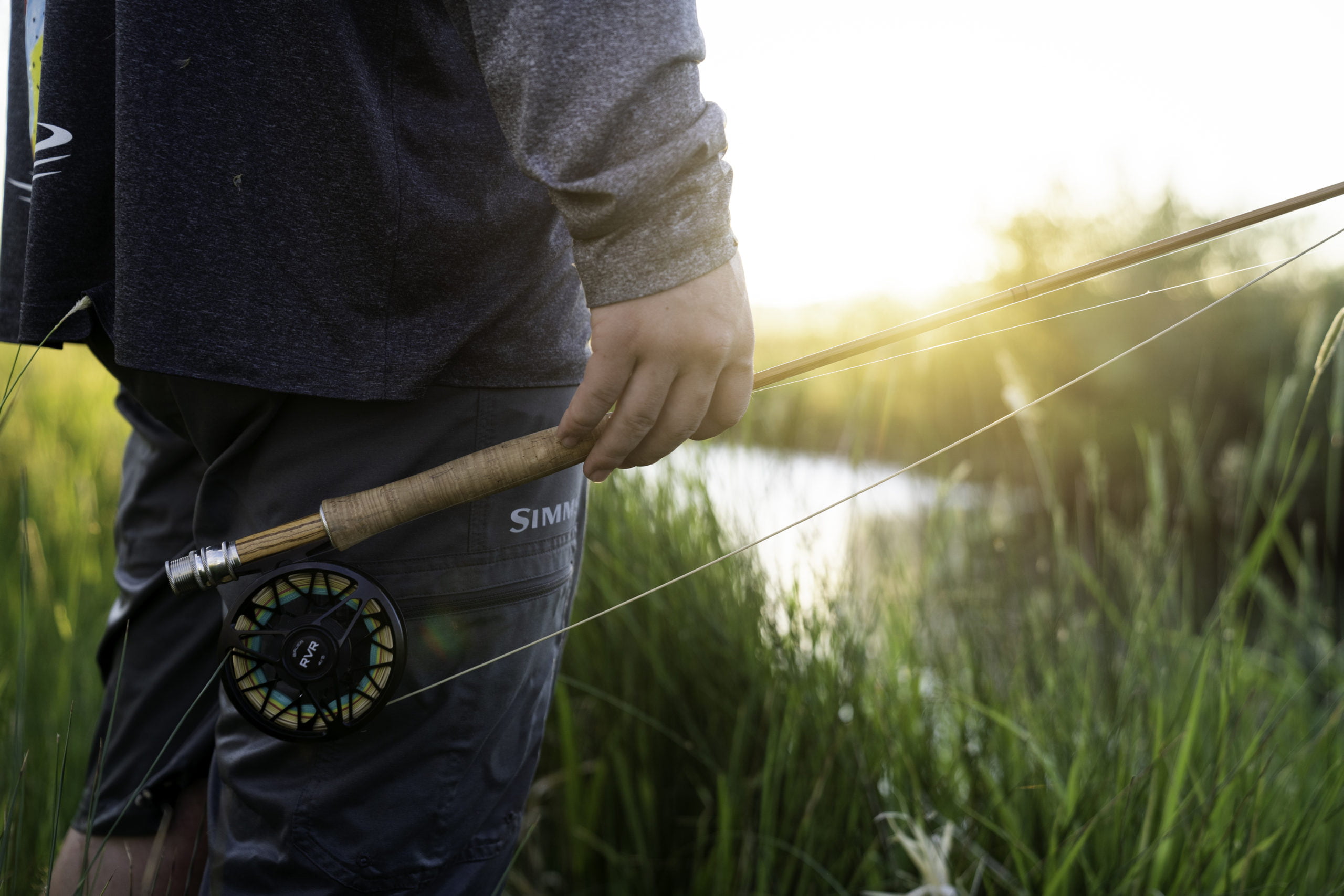
You may feel that it takes more finesse to get your timing right and it may take a few minutes to feel the rhythm of the cane rod but they are certainly capable of shooting line as far as you can cast it. There is no better feeling than shooting an entire fly line out of the tip of a bamboo rod. However, these rods are tools for fishing, designed to present a fly accurately to the target.
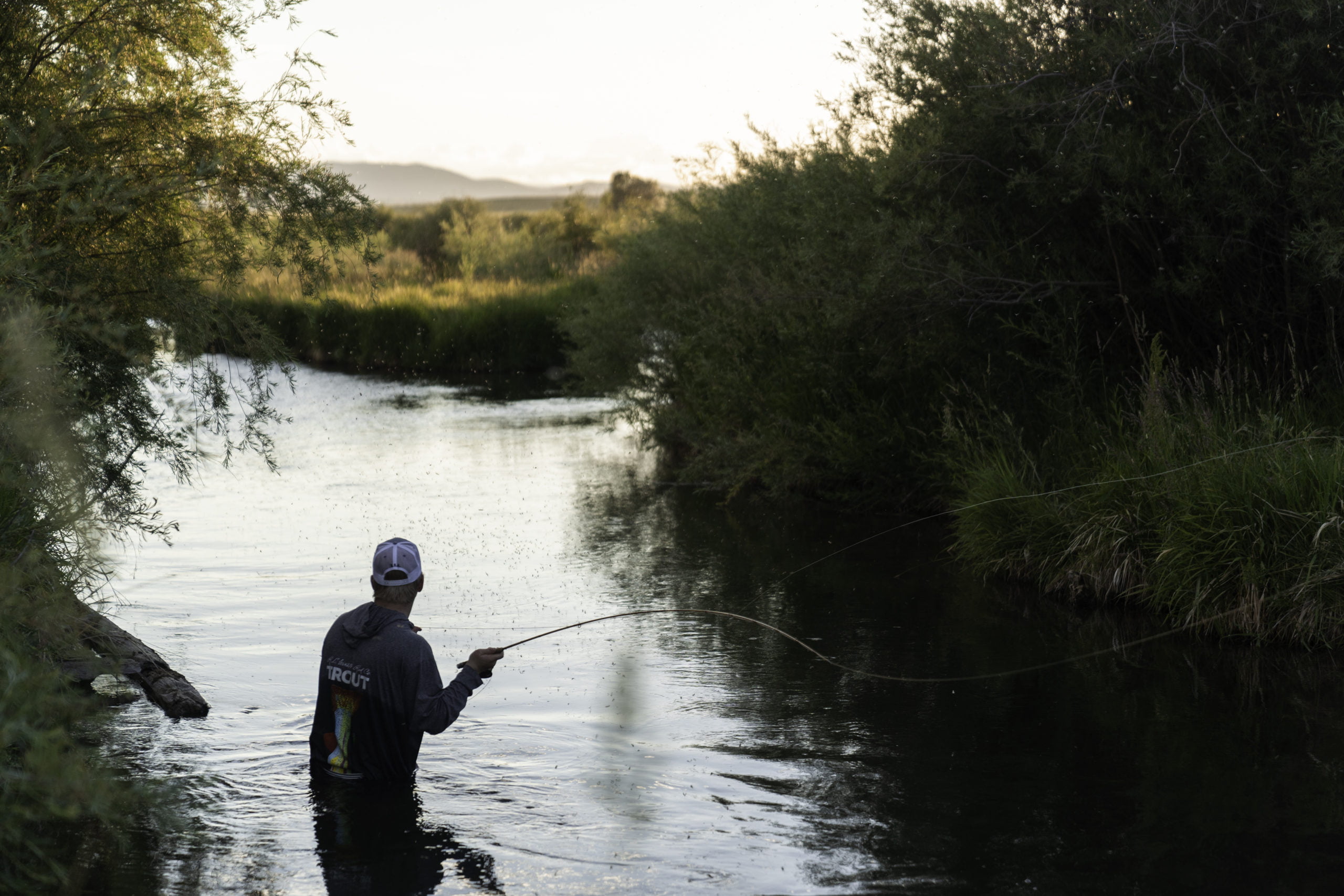
Bamboo offers a few benefits beyond the quality of experience. The most important quality, especially in trout country, is the ability to protect light tippets. Our trout sized bamboo rods can easily foster the use of 6X, 7X, or even 8X tippet. The rod’s progressive flex protects small flies and light tippet while fighting big fish. Additionally, the feeling of fighting fish is much more enjoyable with a deep-flexing rod as you can feel that fish all the way to the butt section.Bamboo rods also display great durability, and if well built, are very strong. Due to the nature of the natural materials, the compression strength is impressive, allowing for a heavier load on the material than in many graphite rods.

We encourage anyone who stops in our showroom in Twin Bridges, Montana to take some time and cast a bamboo rod. What you’ll find is a rod that responds at the flick of your wrist and gracefully loads between your forward and back cast. While the tip feels a bit heavy compared to our modern graphite tapers, it feels alive in hand, reacting to even the smallest of mends and flicks.
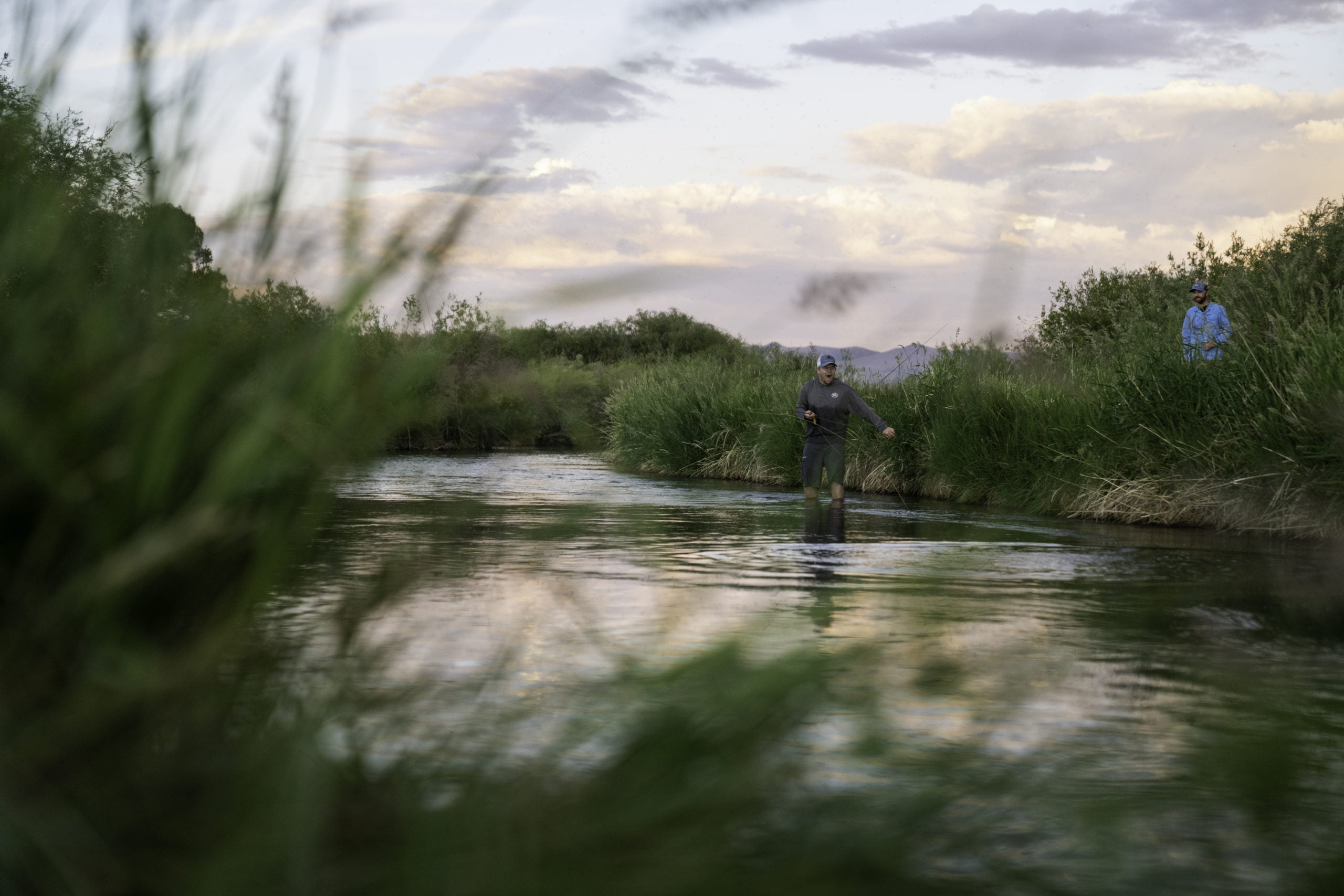
Put a Winston bamboo rod in your hands and you are picking up over 92 years of tradition and innovation. Cast one and you will experience a wonderful action with delicate line and loop control. Fish one and you will understand why anglers become devotees of bamboo and a part of the ultimate fly fishing tradition and experience.
To order your very own Winston bamboo rod, please contact us. We’d be happy to walk you through the details and timeframes for delivery.
For more information on Winston Bamboo, please give us a call at 406-684-5674.
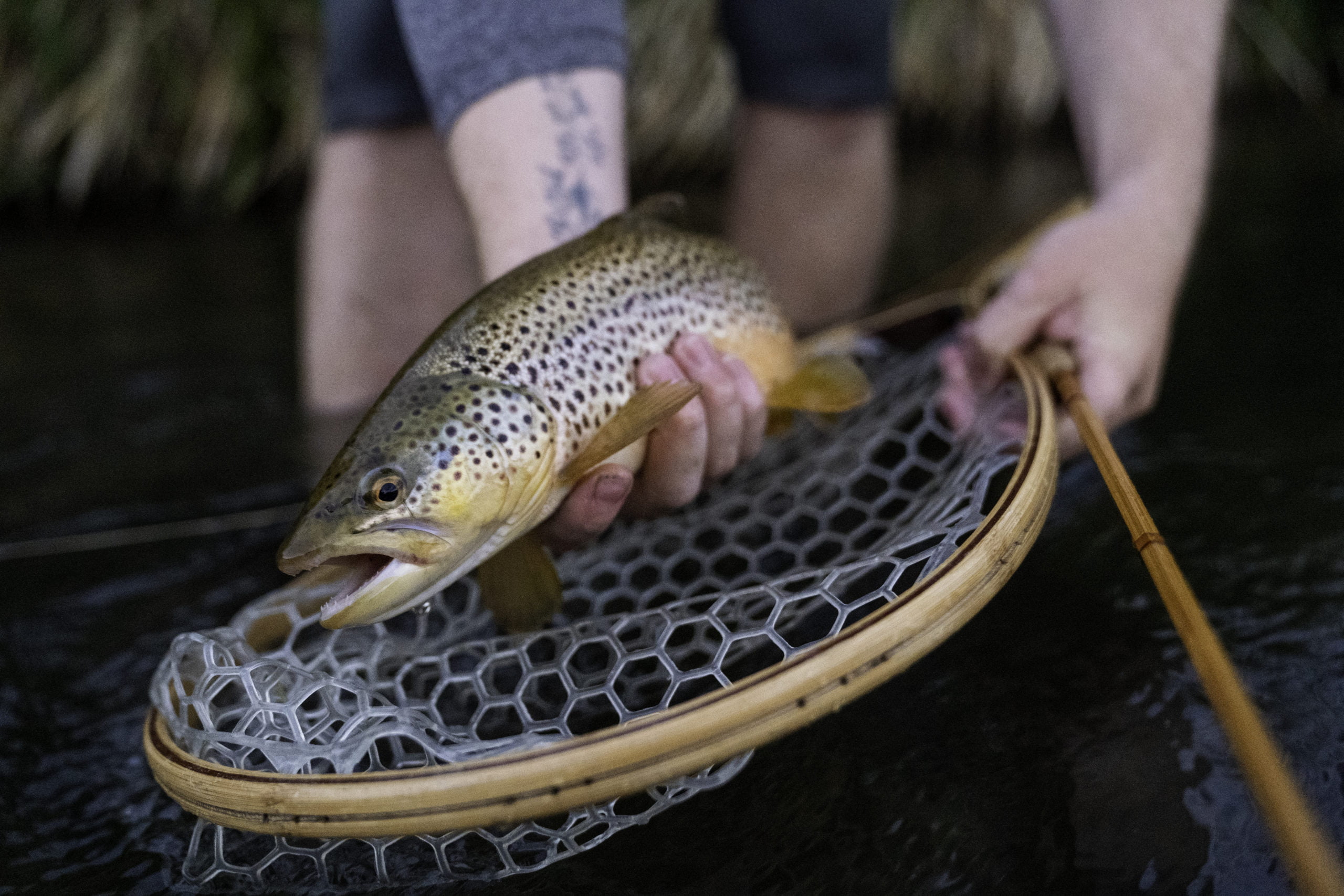
by Winston Rods | Aug 6, 2021
Our bamboo shop in Twin Bridges, MT is a modest place, but rich in tradition. Walking through the front door, one is greeted by a deep sense of history and a familiar hum of a workshop. We’re currently working on orders coming in from all over the world — from Hungary to New Zealand. One will notice quickly that bamboo is not dead.
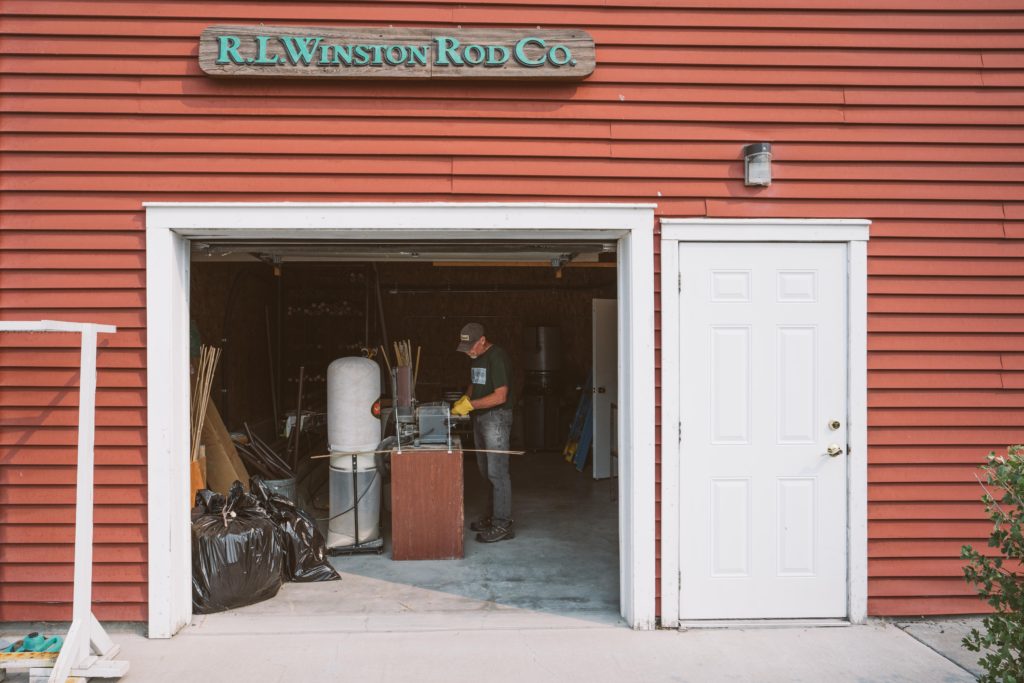
The building process starts at sourcing and selection of the finest cane available. Bamboo, also, known as Arundinaria amabilis or “The Lovely Reed”, is a grass and not a type of wood. Our cane stocks come in 11 foot sections, sourced from the Sui River region in China.
As illustrated below, the bamboo culms are sorted based on node spacing. A node is a growth ring (solid joint). These growth rings occur at various lengths along the culm. Each culm of bamboo is unique. This is a large part of the reason why building bamboo rods is such an extensive process.
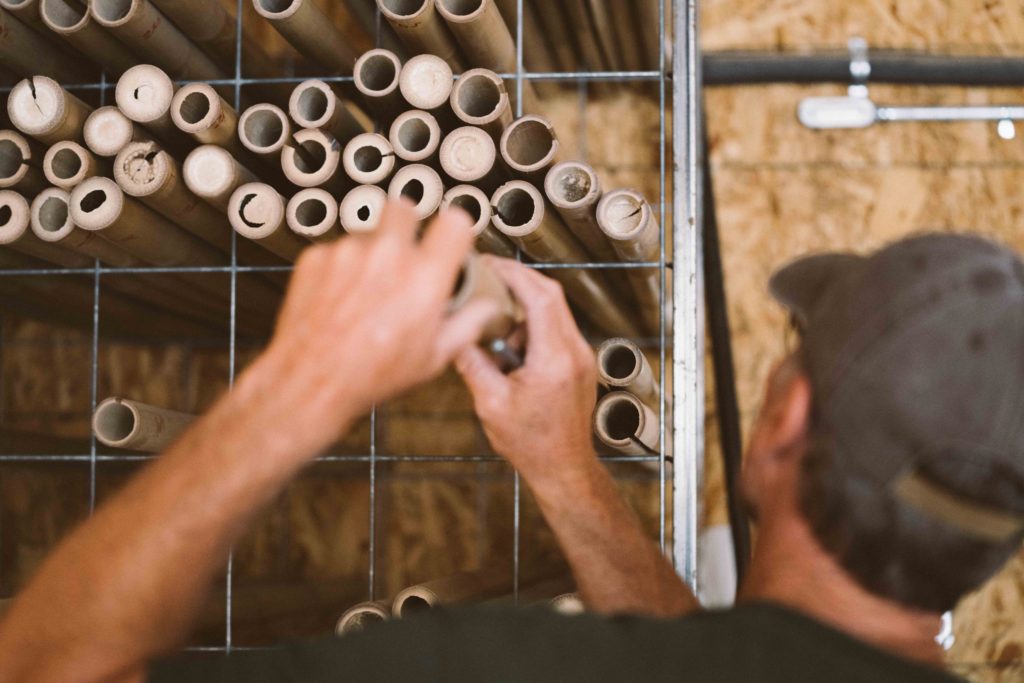 Unlike graphite, bamboo is not standardized in its density of power fibers. The grain, node spacing, wall thickness, and fiber density are unique to each culm, which is why they must be individually tailored to fit the specifications of the various rods and their individual sections.
Unlike graphite, bamboo is not standardized in its density of power fibers. The grain, node spacing, wall thickness, and fiber density are unique to each culm, which is why they must be individually tailored to fit the specifications of the various rods and their individual sections.
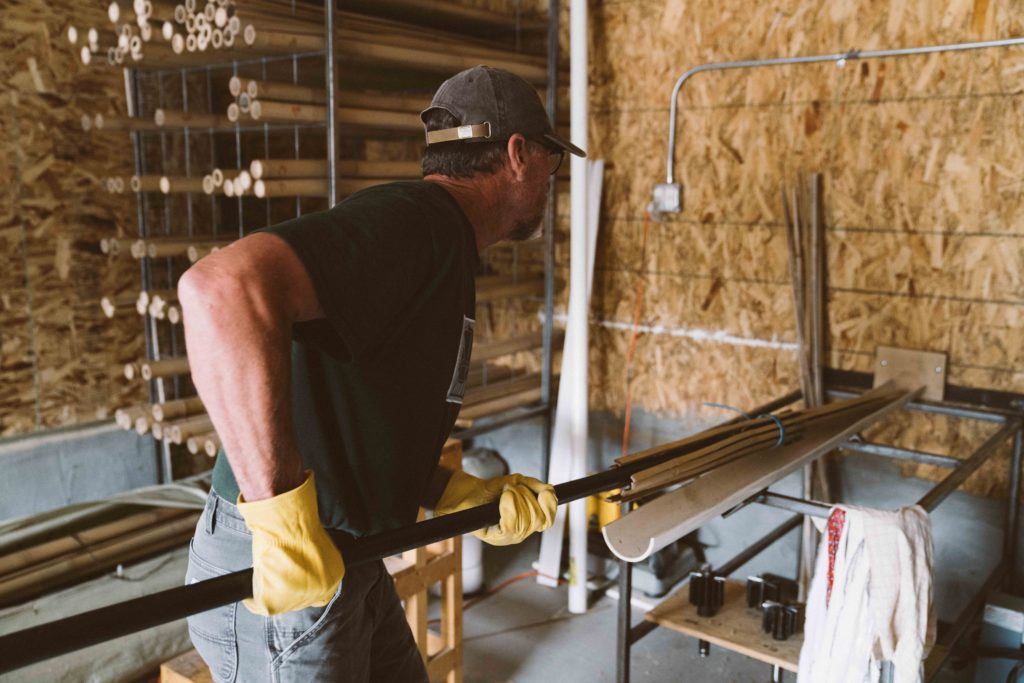
After the culms are cut to 5’ lengths, they are split into strips using a specialized splitting tool, as the photo below demonstrates. We will take these strips and begin the work of building a Winston bamboo fly rod. These split strips will make their first of many passes through the milling machine to be cleaned up. After milling, the strips are then heat cured to set the natural resins in the cane and impart a warm honey-colored look.
Once cured, the strips begin a long process of milling each one to its finished dimension. We then take six perfect strips, assemble them with alternating node spacing and prepare the assembled strips for gluing that cures for a minimum of 10 days.
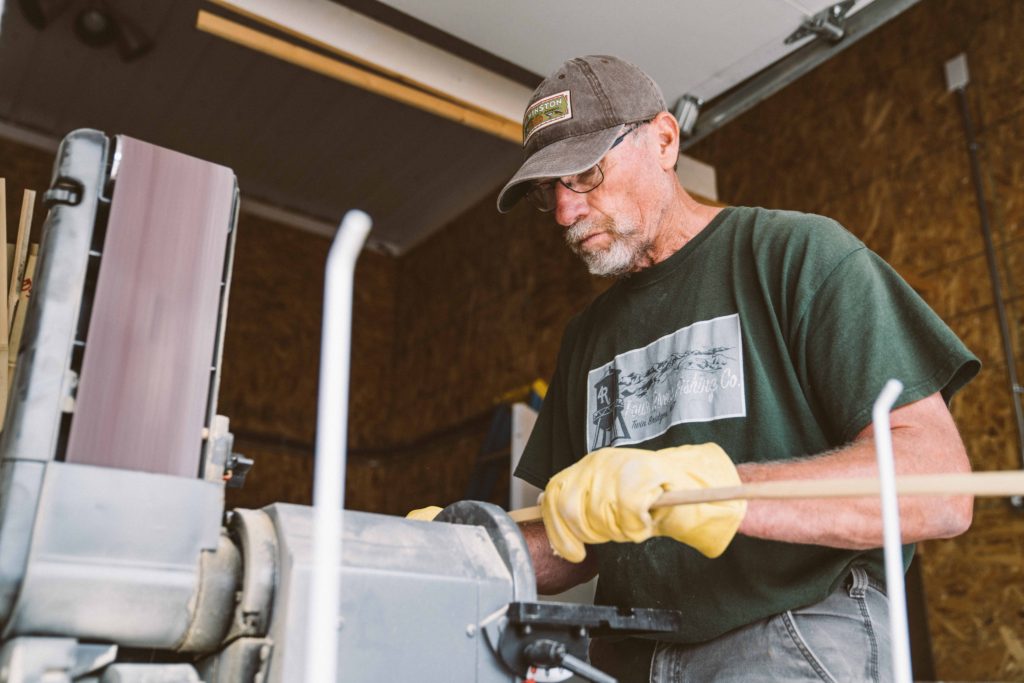
Once the glued strips are cured, we remove the cross wraps, sand off the enamel and sand to finish, ensuring that the Winston tapers are held. If our measurements are incorrect, we will scrap and restart. Good enough is not acceptable here at Winston.

After the parts are milled and sanded, it’s time for the aesthetic finishes. The finished sections are fitted with ferrules. We then set our tip top, guides, and grip.

Each rod is hand inscribed with the rod model, length and line weight. And, if there are any custom requests to do so, we can inscribe a name or short phrase on the rod. Finally, the rod is cleaned and prepped for a final varnish which seals the cane in a UV protective, beautiful gloss finish. After applying the final varnish, we allow the rod to hang for two weeks to allow for complete cure and drying.
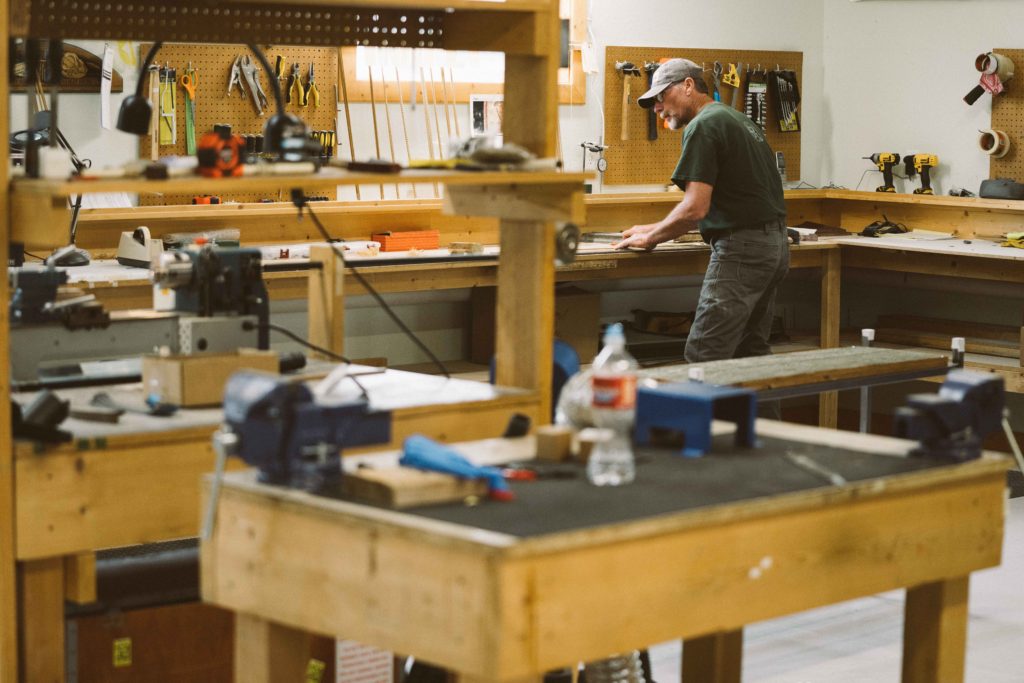
Each completed Winston Bamboo rod comes with two matching tips, German silver uplocking hardware on an elegant wood reel seat, a Winston logo embroidered rod bag, and a powder coated aluminum rod tube. The finished product is a handcrafted, truly unique rod and a beautiful tool for fly fishing. A fine work of art and the result speaks for itself.
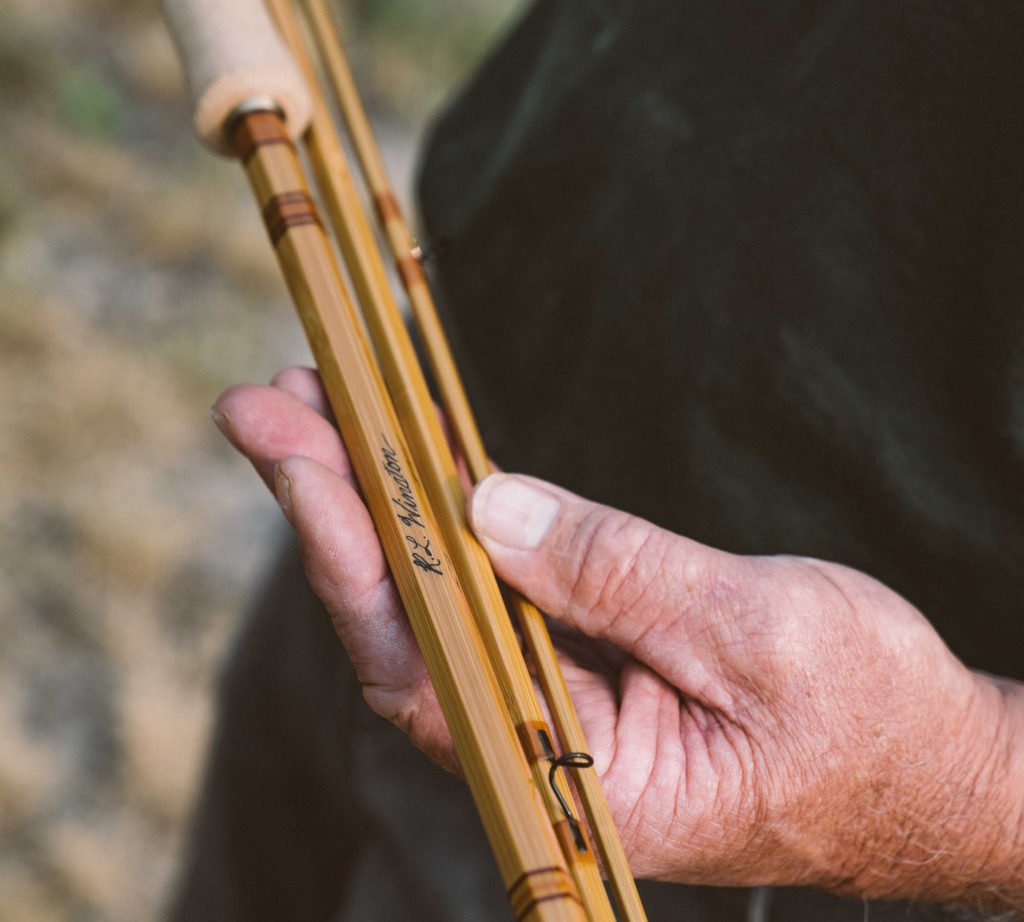
by Winston Rods | Aug 5, 2021
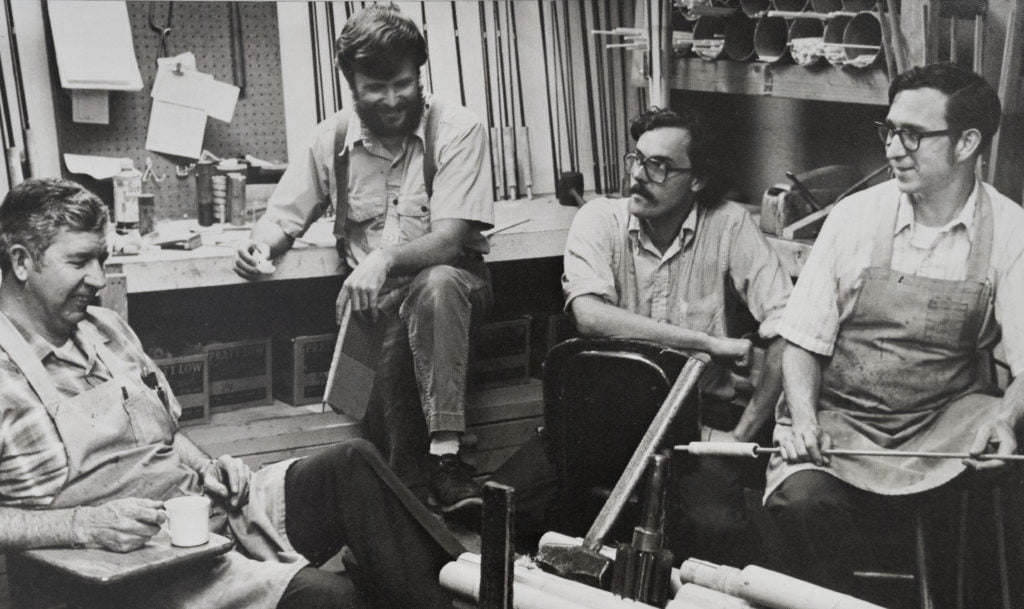
Following the stock market crash in 1929, a small company called the Western Fishing Rod Company was acquired by Robert Winther and Lew Stoner, and soon renamed the Winther-Stoner Manufacturing Company. The rods Winther and Stoner built were called “Winstons,” a contraction of the first letters of each of the men’s names.
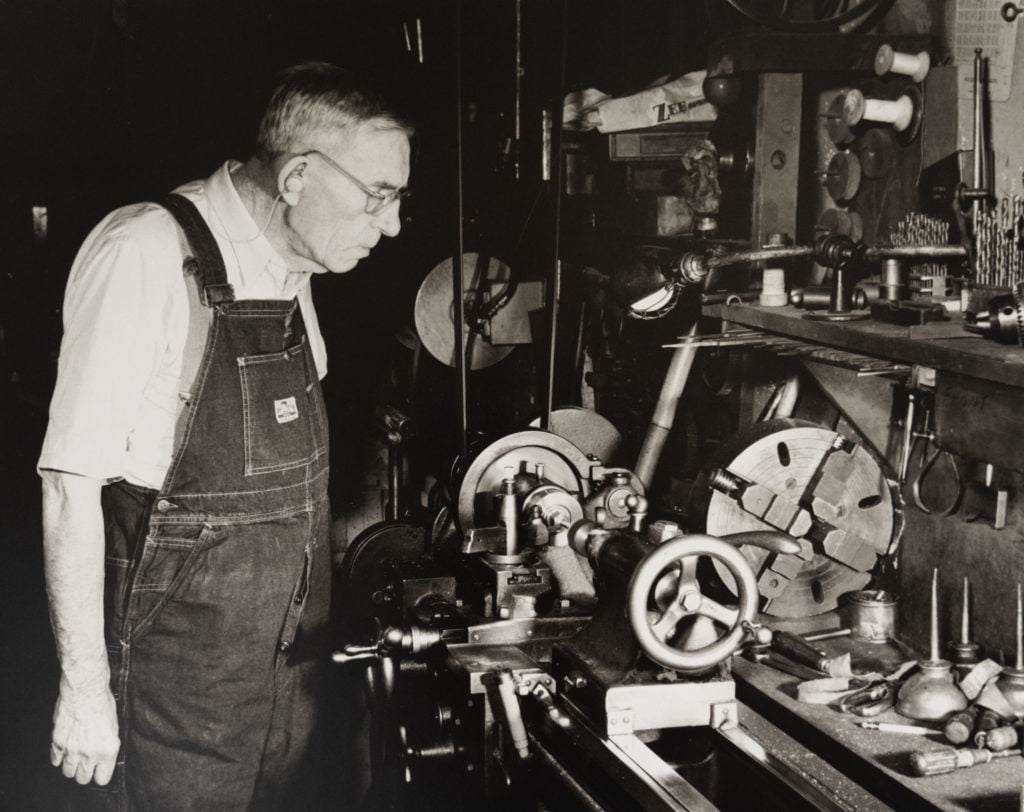
Both Robert Winther and Lew Stoner were highly accomplished machinists. This enabled them to make almost all their metal components in-house, an important asset during the Great Depression. Stoner was also an inventor and developed Winston’s now famous hollow-fluted patented process. It didn’t take them long to establish their reputation as builders of outstanding bamboo rods.

During the late 1930s, tournament fly casting became popular in San Fransisco at the Golden Gate Angling and Casting Club. Casting tournaments became a catalyst in the evolution of bamboo rod design. The rules in force limited distance fly rods to a maximum weight of 5 ¾ ounces.

In 1934 Stoner developed the hollow-fluting design to develop a series of lightweight and powerful rods which went on to shatter all previous world distance casting records. In 1938, Winstonexpanded the hollow-fluting design to fly rods. These hollow-fluted rods were ideal for casting the heavy shooting lines used in the fly casting competition.

Ever Since, Winston’s bamboo tapers have been passed down through several generations of celebrated rod builders. Today, our passion and legacy for bamboo lives on with our current staff as we relish fishing cane every chance we get on our local rivers and beyond. Stay tuned for tomorrow, for our next post that details steps in building our famous bamboo rods.
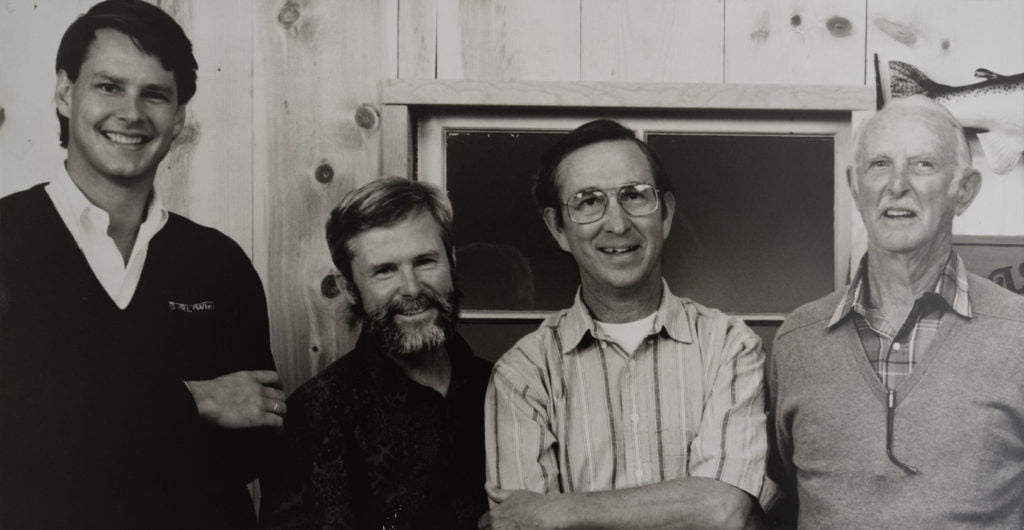
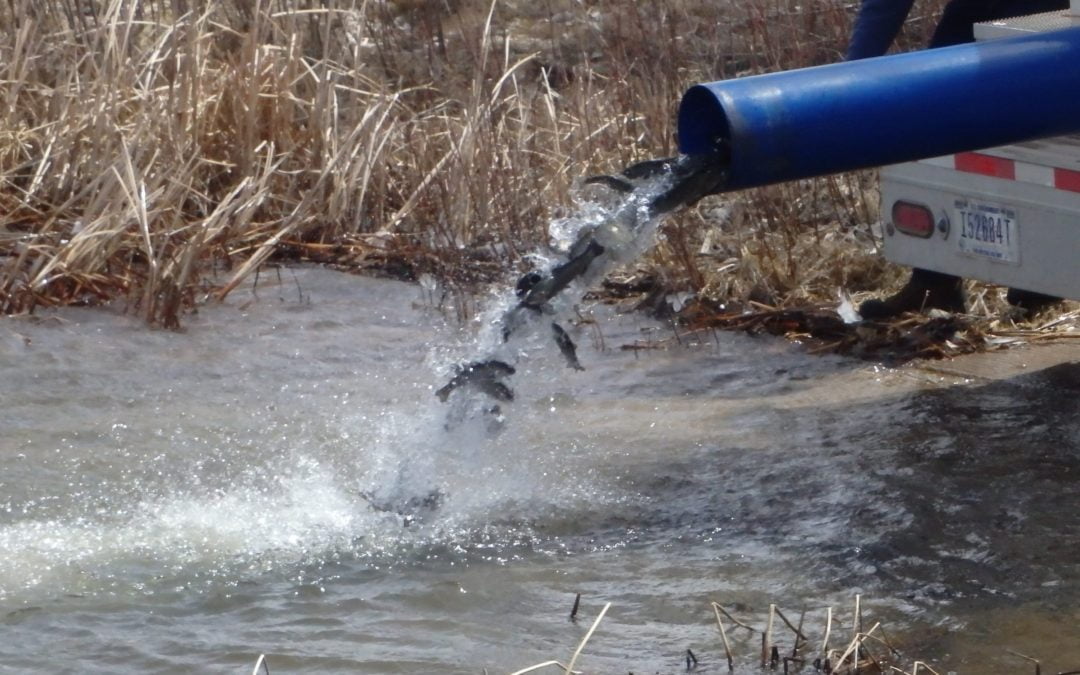
by Winston Rods | May 5, 2021
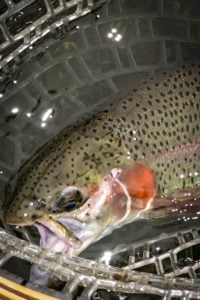 By James Joiner
By James Joiner
Somewhere past the half-way mark of every Cape Cod winter the day comes where anglers collectively – often subconsciously – decree it time to return to more temperate habits. Rods and reels are assembled. Piles of flies crusted together under the guise of forgotten winter organizational projects get separated into trash and not. Waders are timidly tested in private to see if the past few month’s overindulgences caused any shrinkage. Group texts circulate as fairer-weather friends shake off social cobwebs and perform a loose headcount.
The snow is usually gone, ground sucking with mud, ice receded enough for returning osprey to find food. While Cape Cod is surrounded by ocean, it’s not salt water that rouses us from winter’s hibernatorial distractions. No, this is a time to look inward, toward the 996 ponds haphazardly scattered across our 90-mile man-made island. Left behind by the last ice age, these freshwater ‘kettle holes’ range in size from ‘damn, that’s a lot of water’ to “even ___ could cast across it” and, once the truck trout* arrive, they’re filled to the gills with ego-floatingly easy to catch stocked fish.
Growing up, we’d start checking freshwater beaches for the telltale tire tracks of tanker trucks backing in as soon as the sand stopped being hard enough to skateboard on. In modern times, the only legwork involved in figuring out when and where freshly delivered fish can be found is checking the state’s stocking report website, which gives up dates, locations, and fish type. I’m certain there are more adventurous souls who dislike such convenience, but personally I find it motivates me more than driving from pond to pond peering for signs of life. I prefer to save my audaciousness for bigger game, such as the striper migration’s arrival, only a month or two away at this point.
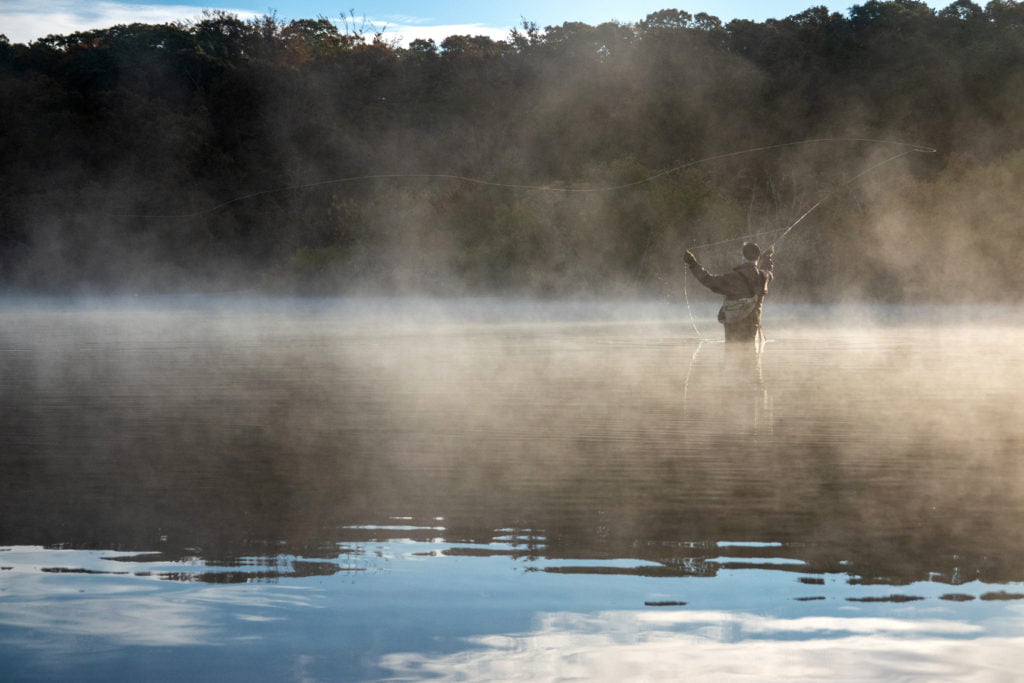
Notably naïve, stocked fish are easier prey than their more seasoned counterparts who wisely remain in deeper water while Powerbait and Woolie Buggers rain from the sky and thin the newly arrived herd. Growing up in a concrete tank with constant food and zero competition doesn’t do much to prepare these truck trout for Darwinian survival in the wild, a fact appreciated and taken advantage of by the army of local anglers, conventional and otherwise, who descend upon them. I like to imagine my own catch-and-release practice to be a crash course in pond-level street smarts, trading cheap thrills for sore lips and a life lesson in looking before you eat.
Regardless, it’s a great and time-honored way to get the casting arm back. It also helps keep my aging fingers nimble enough to tie knots while on the water, far more rewarding than doing so drunkenly in front of a Seinfeld marathon. Admittedly many of the bait fishermen, hidden behind their thick hedges of rods balanced on forked sticks and in PVC pipes, do bear an uncanny resemblance to certain eccentric cast members.
Even as barbless hooks train truck trout to survive in the wild, the admittedly easy hunt for them reignites an angling obsession that can be hard to maintain through New England’s long, dark, hermit-like winters. Sure, I keep up on blogs and magazines and, when I can, take a trip or two to try my luck in warmer climes. But truck trout are the pre-season training that get the mind and body ready for the rigors of striper season. Early mornings, late nights, missed meetings, estranged families – these become the norm as summer wears on through fall and single-mindedness drives us repeatedly to the sea in search of schoolies and larger. It’s a compulsion that will drive you crazy, though often just as you’re about to lose your last wit the season ends, the ocean once again grey, cold, and devoid of life until next year. Yeah, some of us drag it out long into the winter, but as weeks stretch into months without a sign of anything but frostbite the fire subsides and normal life returns, if only for a little while.
*Thanks @fish_fiends for the turn of phrase.



























 Unlike graphite, bamboo is not standardized in its density of power fibers. The grain, node spacing, wall thickness, and fiber density are unique to each culm, which is why they must be individually tailored to fit the specifications of the various rods and their individual sections.
Unlike graphite, bamboo is not standardized in its density of power fibers. The grain, node spacing, wall thickness, and fiber density are unique to each culm, which is why they must be individually tailored to fit the specifications of the various rods and their individual sections.












 By
By 

